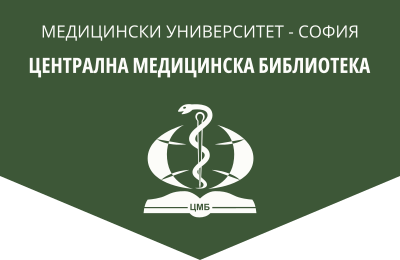Clinical spectrum and global spread of infections caused by therapeutically problematic Pseudomonas aeruginosa
Medical Review (Med. pregled), 2024, 60(5), 16-24.
T. Strateva1, A. Stratev2,3, R. Gergova1
1 Department of Medical Microbiology „Corr. Mem. Prof. Ivan Mitov, MD, DMSc“, Faculty of Medicine, Medical University of Sofia
2 Intensive Care Unit, UMHAT “Sv. Ivan Rilski”, Sofia
3 Department of Anesthesiology and Intensive Care, Faculty of Medicine, Medical University of Sofia
Abstract. Pseudomonas aeruginosa is a representative of the “ESKAPE” group, which unites six pathogens with problematic antibiotic resistance and an arsenal of virulence fac- tors. They can “escape” the biocidal action of most antimicrobial drugs due to the acquisition and/or development of resistance mechanisms. P. aeruginosa has been designated as a “serious threat to public health” by the Centers for Disease Control and Prevention, and its carbapenem-resistant strains (CRPAs) were included in the WHO list of “critical priority” microorganisms for research and development of new, effective antibiotics. Most CRPAs demonstrate multidrug or extensive drug resistance and even pan-resistant strains have been reported in recent years. P. aeruginosa are responsible for a wide variety of nosocomial and community-acquired infections, especially among patients with predisposing factors such as extensive burns, immunocompromised defenses, and metabolic disorders. This review article presents the clinical spectrum and some pathophysiological aspects of infections caused by therapeutically problematic P. aeruginosa. Data from international surveillance networks and cohort studies regarding their global distribution, with an emphasis on intensive care units, are also summarized.
Key words: Pseudomonas aeruginosa, healthcare-associated infections, cystic fibrosis, clinical spectrum, global spread, multidrug resistance
Address for correspondence: Strateva, MD, PhD, e-mail: dr.strateva@abv.bg
